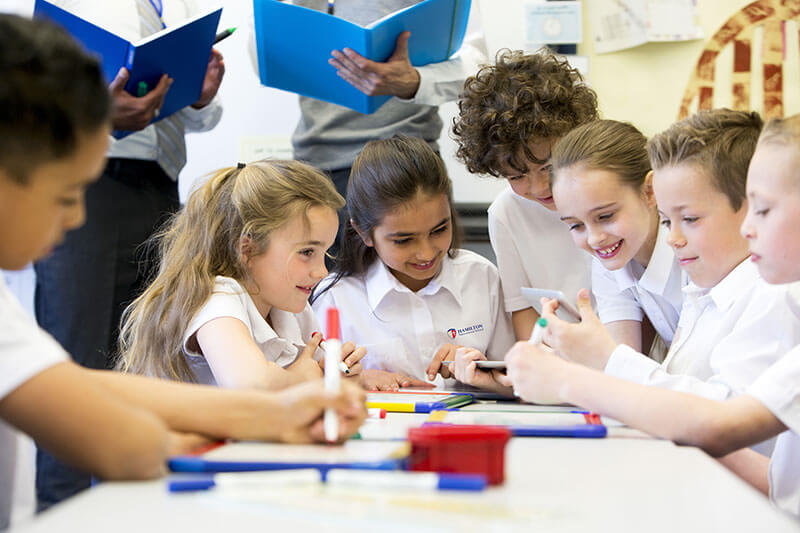Deciding on the right primary school education for your child can be daunting. Two prominent models vying for preference are Montessori and traditional primary schools. Each approach caters differently to individual learning styles and developmental needs. Comparatively analyzing these philosophies can help parents ascertain which international school in Qatar fees structure aligns best with their vision for their little learner’s future.
Montessori primary schools:
Child-centered learning: Montessori education places a strong emphasis on child-centered learning, allowing children to explore topics at their own pace. The classroom environment is designed to encourage self-directed learning, curiosity, and independence. Montessori educators act as guides, facilitating the learning process rather than dictating it.
Multi-age classrooms: Montessori classrooms typically have mixed-age groups, allowing younger children to learn from older peers and vice versa. This fosters a sense of community, collaboration, and mentorship within the classroom, promoting social and emotional development alongside academic growth.
Hands-on materials: Montessori schools utilize hands-on materials to facilitate learning. These materials are designed to be self-correcting, allowing children to learn through trial and error. The emphasis is on concrete experiences, helping children develop a deep understanding of concepts through direct manipulation of educational materials.
Traditional primary schools:
Teacher-led instruction: Traditional primary schools follow a teacher-led instructional approach where educators guide students through a predetermined curriculum. The teacher serves as the primary source of information, delivering lessons and assessing student progress through standardized testing and evaluations.
Grade-level classrooms: In traditional schools, students are typically grouped by age and placed in grade-level classrooms. This structure allows for a more standardized progression through educational content, with students advancing to the next grade at the end of each academic year.
Textbook-based learning:
Traditional schools often rely on textbooks and written materials as the primary source of information. Students follow a structured curriculum with a focus on theoretical knowledge, and assessments are commonly based on written exams.
Which is better?
The question of whether Montessori or traditional primary schools are better depends on various factors, including the child’s learning style, the family’s educational philosophy, and individual preferences. Montessori education is well-suited for children who thrive in a self-directed, hands-on learning environment, while traditional schools may be a better fit for those who benefit from a structured, teacher-led approach. Ultimately, both approaches have their merits, and the choice should align with the unique needs and values of the child and their family.
